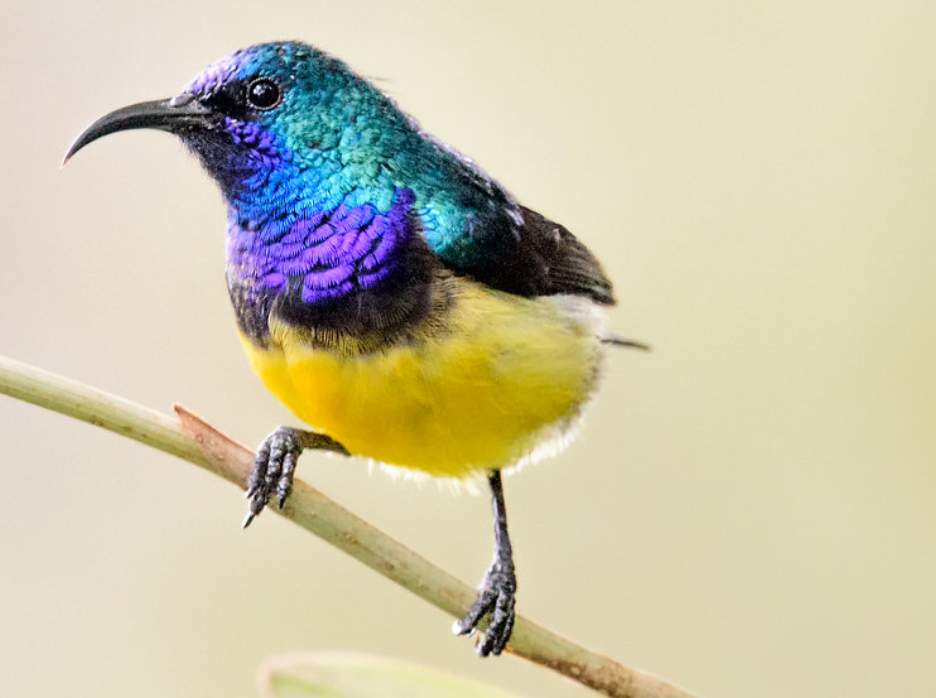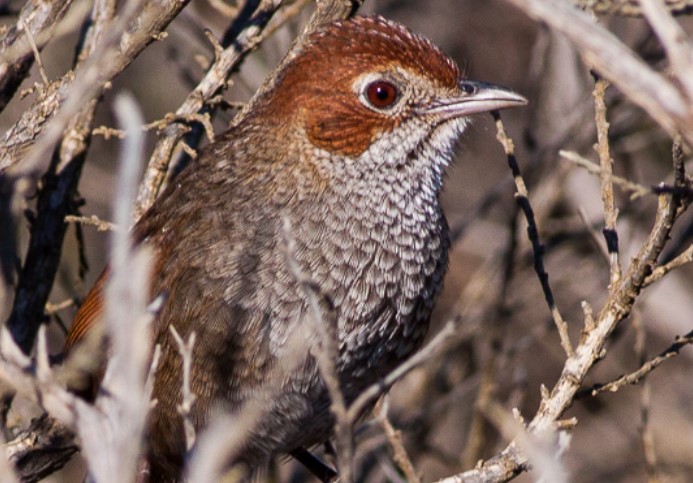The magical curved beak birds of the sunbird family in Kenya are shining, striking, and superb. These sunbirds, of course, can all be found in Kenya’s rich collection. There are 34 of the world’s 118 known Nectariniidae species have been recorded. Their habitats range from hot, arid bushland to frozen mountain moorland. There are many species of sunbirds that have long, thin, curved beaks and dazzling iridescent colors on their males.
They are small birds; even the largest species weigh less than 20 g, others as little as 6 g. In bird classifications, which reflect supposed evolutionary relationships, sunbirds are placed close to weavers, a positioning supported by DNA studies. In fact, they are not even related to certain nectar-eating species such as the South African sugarbird, the Australian honeyeater, and the New World hummingbird.
Sunbirds attract attention through their active behavior, loud calls, and bright colors. They usually flit from flower to flower in a characteristic rapid, jerky flight. They often defend territories centered on a patch of flowers; sunbirds of all other species are energetically chased away if they come too near.
Their voices are usually less spectacular than their plumage, as most of them have metallic calls and short, tinkling songs. There are a few birds that, like the Olive Sunbird, have sweet, plaintive songs that are more musical to the ear. Although nectar drinkers, sunbirds eat insects as well.
Some small, short-billed species often behave like warblers, searching actively for insects on leaves and twigs. Thus, the large species with long bills will also take insects but are more dependent on the nectar in certain flowers. Pollination of these flowers is carried out by sunbirds, which usually are large, conspicuous, and orange or red in color.
Bird-pollinated flowers tend to be red, color birds — and people — detect easily; those pollinated by insects catch their visitors’ eyes by being white or blue, often with ultraviolet markings we cannot detect. Kenya sunbird flower species include Erythrina, Eeonotis, and Loranthus, as well as many aloes, and, in moorland regions, proteas.
Sunbirds habitually build delicate, beautifully constructed nests that hang from a twig or leaf. Seed cotton and cobwebs are usually used to line nest chambers. The outside may be covered with old leaf scraps, moss, and other detritus that camouflages the nest. Some nests have a long tail of trailing rubbish that looks like it has been blown into the tree.
The recently discovered Amani Sunbird nest is built inside a clump of hanging lichen on a Brachystegia tree. Sunbirds’ nests have a small side entrance, and the female’s beak can be seen protruding from this while she sits. Male sunbirds help feed the young but that is the limit of their domestic duties; they do not build nests or incubate eggs. Sunbirds appear monogamous, and males guard their mates fiercely from others’ attention. In Kenya, many high-altitude sunbirds migrate altitudeally, descending to warmer areas during the cold, wet season.
The most popular city Nairobi, located at the edge of the highlands, is also home to a variety of sunbird species. Therefore, the altitudinal migrants include Malachite and Golden-winged Sunbirds. Other species, such as Eastern and Northern Double-collared Sunbirds, may also move, while the Collared, Bronze, Scarlet-chested, Amethyst, Variable, and Green-headed Sunbirds are probably residents. They are found in different parts of the city according to their habitat and altitude preferences. We still need more information on these birds’ seasonality and other habits.
Read More – Yellow-bellied Sunbird (Cinnyris jugularis)







